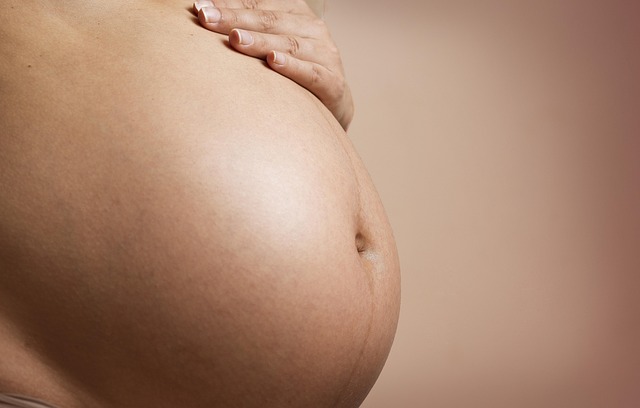In October, the Antares rocket tragically exploded mere moments after liftoff from the Wallops Flight Facility in Virginia. Among its payload were several student-created experiments and materials intended for ongoing research aboard the International Space Station (ISS). Although these items never reached their intended destination, numerous other experiments are currently underway at the ISS, leveraging its distinctive microgravity environment to advance our understanding of various earthly phenomena—ranging from fire and water to plant growth and human psychology. Below are some of the most intriguing studies being conducted in space:
Spherical Flames
When a match is struck on Earth, flames ascend vertically due to the behavior of hot air. However, in microgravity, flames take on a spherical shape. In the Flame Extinguishment Experiment (FLEX-2), researchers ignite droplets of various liquid fuels within a controlled chamber. Astronaut Max Parker described the flickering orbs he observed as “fire jellyfish,” gliding through their testing environment as if alive. By studying these burning spheres, scientists aim to deepen their understanding of soot production and the combustion rates of different fuels, potentially leading to the development of more efficient liquid fuels for terrestrial use.
Mice and Vaccination
Space travel can dampen the immune response of the human body. To investigate this, researchers are vaccinating a group of mice aboard the ISS with a tetanus vaccine, simulating the immune activation that occurs during an infection. Some mice will receive an additional immune-boosting serum to determine if it can counteract the immunosuppressive effects of spaceflight. Observing the responses of these space mice may provide insights that could enhance vaccine development and improve medication efficacy.
Fire-Starting Water
Scientists aboard the ISS are exploring a unique form of water that paradoxically ignites fires rather than extinguishing them. Known as “supercritical water,” it is generated under extreme pressure and temperatures exceeding 703°F. Beyond this threshold, water transforms into a state described by NASA as “a liquid-like gas.” When supercritical water interacts with organic materials, it instigates combustion without flames, generating only pure water and carbon dioxide as byproducts. The Navy has already begun utilizing supercritical water for waste management on their vessels, marking just the beginning of its potential applications.
Space Gardening
While ISS crew members rely on shipments of food from Earth, future missions to asteroids or Mars will necessitate growing food in space. Traditional agricultural elements—water, soil, and sunlight—are not readily available in space. In one experiment, pea shoots are germinated on Earth and then sent to the ISS in specialized containers for growth in microgravity. By exposing these shoots to varying combinations of red and blue LED lights, researchers can determine which conditions optimize growth. These findings could inform agricultural practices for cultivating crops with minimal resources both in space and on Earth.
Diary of an Astronaut
One of the most compelling investigations aboard the ISS involves analyzing astronaut journals to understand the emotional and psychological impacts of prolonged isolation and confinement inherent in space travel. While being an astronaut is often seen as a dream job, the reality of living and working in space can induce considerable stress. Since 2003, ISS crew members have documented their experiences three times a week, providing valuable data for analysis. These journal entries remain confidential, so for personal updates from the ISS, following their Twitter accounts is essential.
In summary, the ISS continues to be a hub of groundbreaking research, revealing insights into combustion, immune responses, innovative agricultural methods, and the psychological effects of spaceflight. As humanity prepares for longer journeys beyond Earth, these experiments will play a crucial role in expanding our understanding of life in space and improving conditions for future astronauts.
Keyphrase: International Space Station experiments
Tags: home insemination kit, home insemination syringe, self insemination
